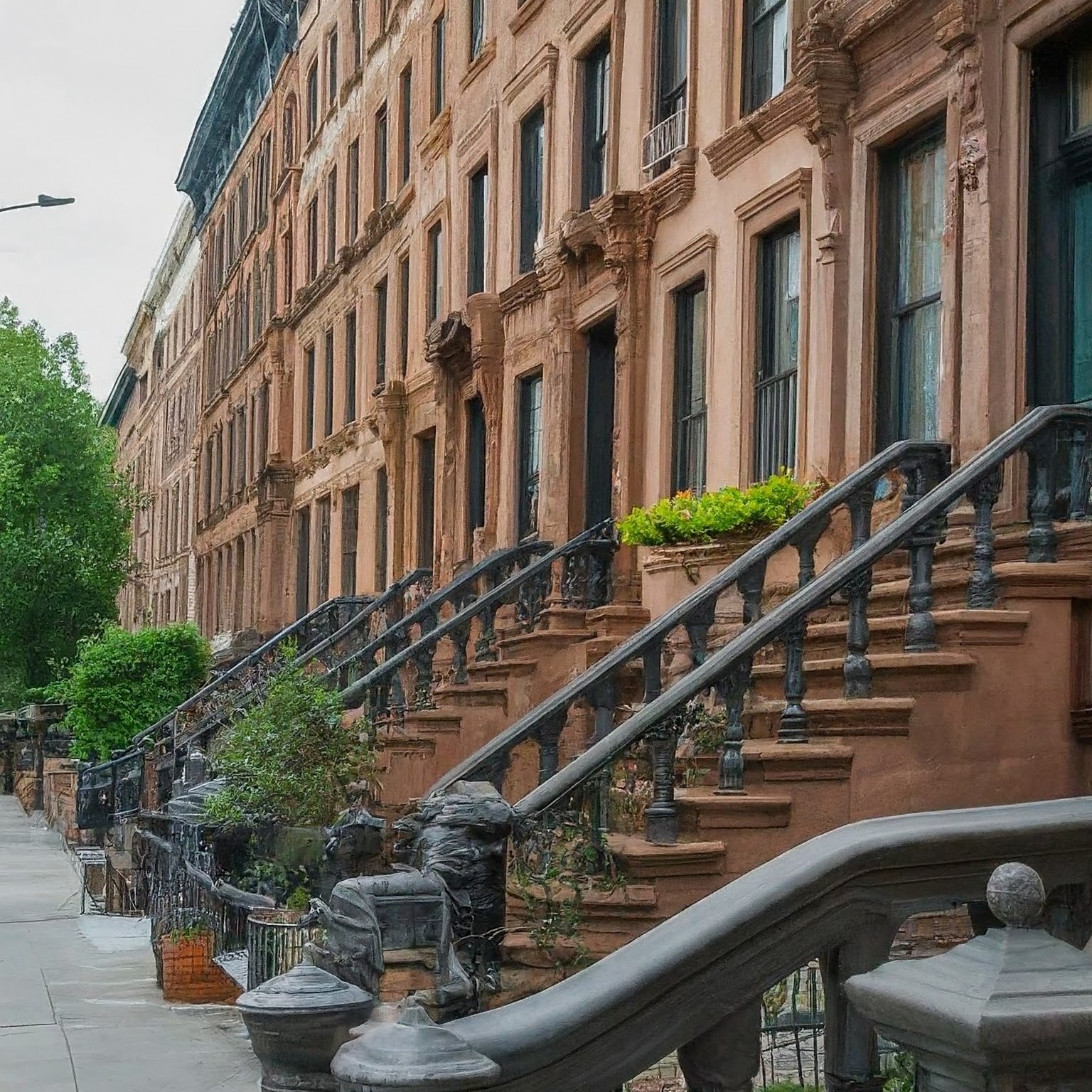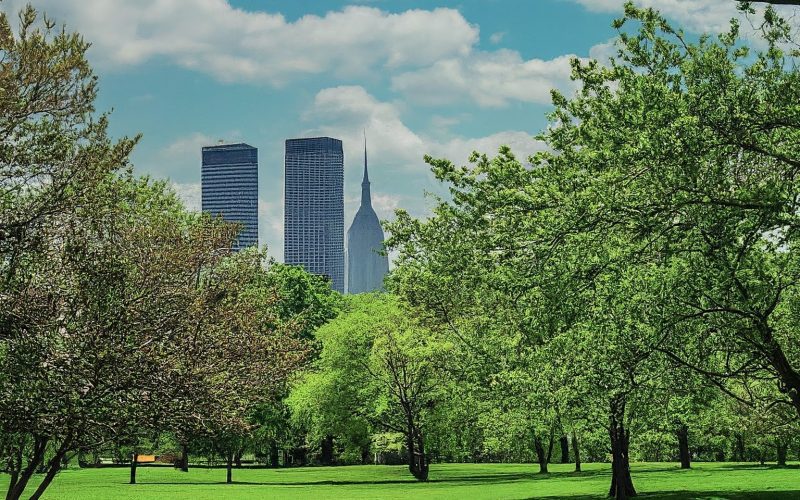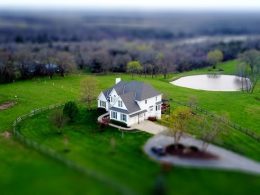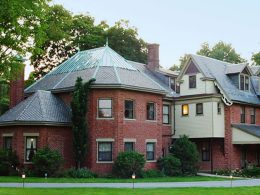Navigating the Maze of NYC Real Estate: Unlocking the Threshold of Homeownership in Each Neighborhood
In the heart of the bustling metropolis, New York City, where towering skyscrapers cast shadows upon the vibrant streets below, the dream of homeownership remains an aspiration for many. However, amidst the alluring allure of the Big Apple, the path to owning a piece of this coveted real estate landscape can be fraught with challenges.
The exorbitant cost of living and soaring property values have created a significant barrier to entry for potential homeowners, particularly in the coveted neighborhoods that define the city’s essence. To provide a comprehensive overview of the financial realities of homeownership in each NYC neighborhood, we delve into the intricate details of income requirements, neighborhood nuances, and market trends.
Manhattan: The Epicenter of Dreams and Exorbitant Prices
Manhattan, the very embodiment of urban grandeur, is a melting pot of iconic landmarks, cultural institutions, and world-renowned businesses. It is also home to some of the most expensive real estate in the country, making it an exclusive enclave reserved for the affluent.
To join the ranks of Manhattan homeowners, prospective buyers must demonstrate an annual income that far exceeds the citywide median. The following neighborhoods exemplify the stratospheric income requirements that accompany the privilege of owning a slice of Manhattan real estate:
- Tribeca: Nestled along the Hudson River, Tribeca’s cobblestone streets and historic loft buildings exude an undeniable charm. Aspiring homeowners must earn an annual income of at least $1,200,000 to secure a foothold in this exclusive enclave.
- Soho: Renowned for its trendy boutiques, art galleries, and cast-iron architecture, Soho is a haven for the fashion-forward and culturally inclined. To purchase a home here, individuals need to demonstrate an annual income of $950,000 or more.
- Upper West Side: This elegant neighborhood, lined with stately brownstones and renowned cultural institutions, attracts a diverse mix of families, professionals, and retirees. To enter the Upper West Side real estate market, buyers must anticipate earning an annual income of $850,000.
Brooklyn: A Tapestry of Diverse Neighborhoods and Rising Values
Brooklyn, the vibrant borough across the East River, has emerged as a popular alternative for homebuyers seeking a balance of affordability and urban amenities. However, even within Brooklyn’s diverse neighborhoods, income requirements vary significantly.
- Williamsburg: This trendy waterfront neighborhood, once a haven for artists and musicians, has undergone a rapid transformation, attracting young professionals and families alike. To secure a home in Williamsburg, buyers require an annual income of $650,000 or above.
- Park Slope: Known for its charming brownstones, tree-lined streets, and excellent schools, Park Slope is a highly sought-after neighborhood for families. Homebuyers aiming to establish roots here should prepare to earn an annual income of $600,000.
- Dumbo: Situated beneath the iconic Brooklyn Bridge, Dumbo’s historic warehouses and stunning waterfront views have drawn a mix of tech companies and luxury residences. To join the exclusive community of Dumbo homeowners, buyers must demonstrate an annual income of $550,000.

Queens: A Mosaic of Affordability and Opportunity
Queens, the largest and most diverse borough in New York City, offers a wider range of home prices and affordability compared to Manhattan and Brooklyn. Nevertheless, income requirements remain a crucial factor in determining eligibility for homeownership.
- Astoria: This vibrant neighborhood, known for its thriving Greek community and proximity to Manhattan, has experienced a surge in popularity among young professionals. To purchase a home in Astoria, buyers should expect to earn an annual income of $450,000.
- Long Island City: With its stunning skyline views and rapidly expanding tech industry, Long Island City has attracted a diverse population of renters and homeowners. Buyers seeking to establish a foothold in this growing neighborhood require an annual income of $400,000.
- Jackson Heights: This culturally rich neighborhood, known for its South Asian and Latin American influences, offers a blend of affordable housing options and a vibrant community. Homebuyers in Jackson Heights typically earn an annual income of $350,000.
The Bronx: An Underrated Gem with Emerging Potential
The Bronx, long perceived as an underserved borough, has recently experienced a wave of investment and revitalization. While home prices remain relatively affordable compared to other parts of New York City, income requirements are still significant.
- Riverdale: This affluent neighborhood, located in the northwest corner of The Bronx, boasts sweeping views of the Hudson River and proximity to Manhattan. Homebuyers seeking a slice of Riverdale paradise must earn an annual income of $500,000.
- Pelham Gardens: This quiet residential neighborhood, with its tree-lined streets and family-friendly atmosphere, offers a more affordable option for homebuyers. To purchase a home in Pelham Gardens, buyers typically earn an annual income of $400,000.
- Kingsbridge: This vibrant neighborhood, known for its diverse population and historic architecture, presents a blend of affordability and accessibility. Homebuyers in Kingsbridge generally earn an annual income of $350,000.
Staten Island: A Tranquil Haven with Suburban Charm
Staten Island, connected to the rest of New York City by a ferry, is a haven of peace and affordability. While the commute to Manhattan can be lengthy, the lower cost of living and spacious homes make it an attractive option for families and those seeking a respite from the hustle and bustle of the city.
- St. George: This historic neighborhood, located on the northern tip of Staten Island, offers stunning views of the Manhattan skyline and easy access to the Staten Island Ferry. Homebuyers in St. George typically earn an annual income of $300,000.
- New Dorp: This charming neighborhood, with its quaint shops and Victorian homes, exudes a suburban feel. Homebuyers in New Dorp generally earn an annual income of $250,000.
- Tottenville: This waterfront neighborhood, located at the southernmost point of Staten Island, offers a secluded and affordable escape from the city. Homebuyers in Tottenville typically earn an annual income of $200,000.
Navigating the Mortgage Maze: Understanding the Financial Implications
Securing a mortgage, the primary financial vehicle for homeownership, is an intricate process that requires a thorough understanding of the various loan options, interest rates, and closing costs involved.
1. Down Payment: A down payment is an upfront payment, typically ranging from 10% to 20% of the purchase price, made by the homebuyer to secure a mortgage. A higher down payment reduces the loan amount, lowering monthly mortgage payments and overall interest costs.
2. Mortgage Loan Amount: The mortgage loan amount is the amount borrowed from a lender to finance the purchase of the home. It is determined by the purchase price, down payment, and any applicable closing costs.
3. Interest Rate: An interest rate is the percentage of the loan amount charged by the lender for the use of its funds. Interest rates fluctuate depending on various factors, including market conditions and the borrower’s creditworthiness.
4. Loan Term: The loan term is the duration of the mortgage, typically ranging from 15 to 30 years. A shorter loan term results in higher monthly payments but lower overall interest costs, while a longer loan term lowers monthly payments but increases interest costs.
5. Closing Costs: Closing costs are a variety of fees associated with the purchase of a home, including title search, attorney fees, and lender fees. These costs generally range from 2% to 5% of the purchase price.
The Path to Homeownership: A Gradual Ascent
Achieving the dream of homeownership in New York City requires strategic planning, financial discipline, and an understanding of the intricacies of the real estate market. By carefully considering income requirements, understanding mortgage nuances, and exploring affordable neighborhoods, prospective homebuyers can navigate the path to homeownership with greater confidence.
Additional Resources for Aspiring Homeowners
- NYC Housing Connect: A lottery system for affordable housing units in New York City, providing income-restricted apartments and homes for eligible individuals and families.
- Fannie Mae HomePath: A program offering foreclosure properties at below-market prices to eligible homebuyers.
- Neighborhood Housing Services of New York City (NHSNYC): A network of non-profit organizations providing homebuyer education, counseling, and financial assistance programs.
- New York City Department of Housing Preservation and Development (HPD): An agency offering a range of housing programs and resources for low- and moderate-income New Yorkers.
Conclusion
Owning a home in New York City remains an aspirational goal for many, but the path to homeownership can be daunting, particularly given the city’s exorbitant cost of living and competitive real estate market. By understanding income requirements, exploring affordable neighborhoods, and navigating the intricacies of mortgage financing, prospective homebuyers can embark on a strategic journey towards achieving their dream.












